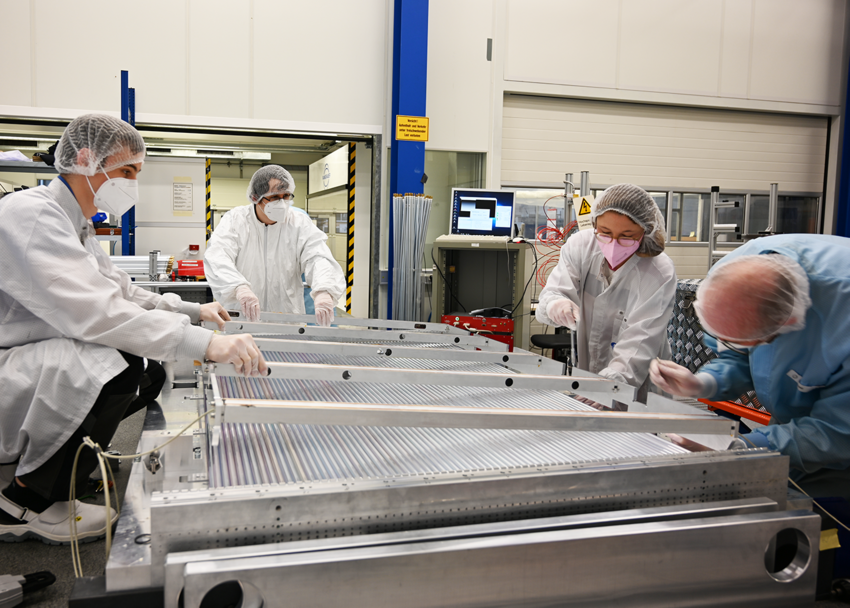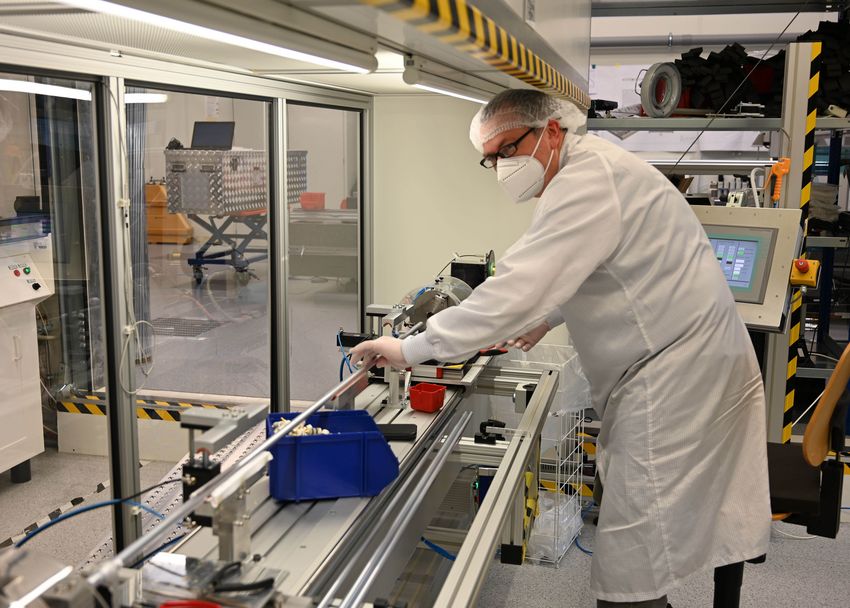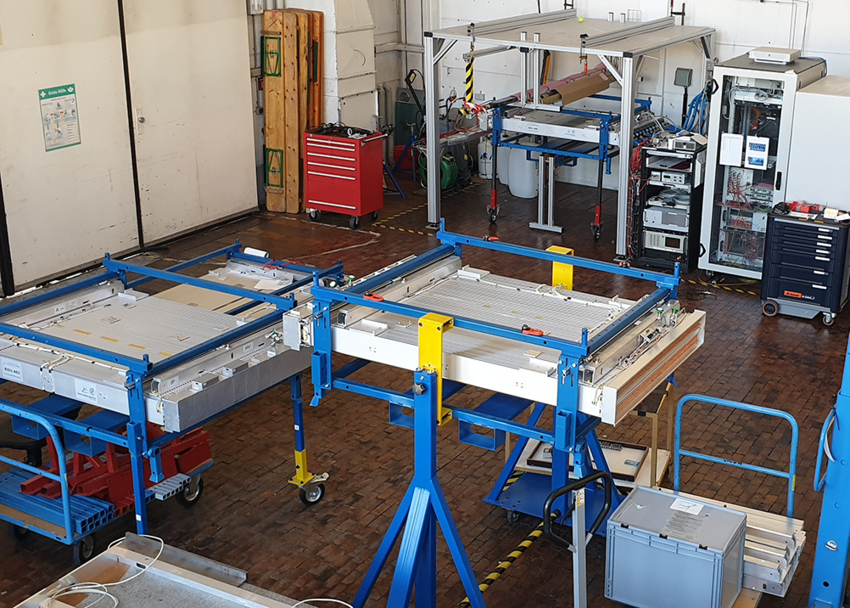The LHC at CERN will soon embark on a major upgrade. The aim is to increase the rate of particle collisions by a factor of 5 at least. “The ATLAS detector, where the particle collisions occur and are recorded, needs to be able to keep up with this,” explains Hubert Kroha, head of the Muon Spectrometer Group at the Max Planck Institute for Physics.
Over the next two years, a total of 100 new muon chambers designed by the MPP are to be produced and subsequently mounted in the ATLAS detector. In order to realize this project, working groups at various US universities are involved in the project, managed by the MPP. They are producing half of the muon chambers following the MPP design plan. The other half is being constructed at the MPP.
Great committment of the teams
“We are on schedule with the production of the muon detectors both at the MPP and in the USA,” says Kroha. “This is mainly due to the great commitment of the workshop teams." Owing to the COVID-19 pandemic, only 50 per cent of staff members from the workshop can work on the chambers at any one time.
The production steps of the chambers are carried out in separate locations, meaning that they can progress in parallel. As a result, technicians at the MPP and in the US labs can complete two chambers each month. “Even if our ‘production belt’ is running smoothly, we do hope that the pandemic will ease in the coming months – reducing the workload for our staff in the technical departments,” states Kroha.


